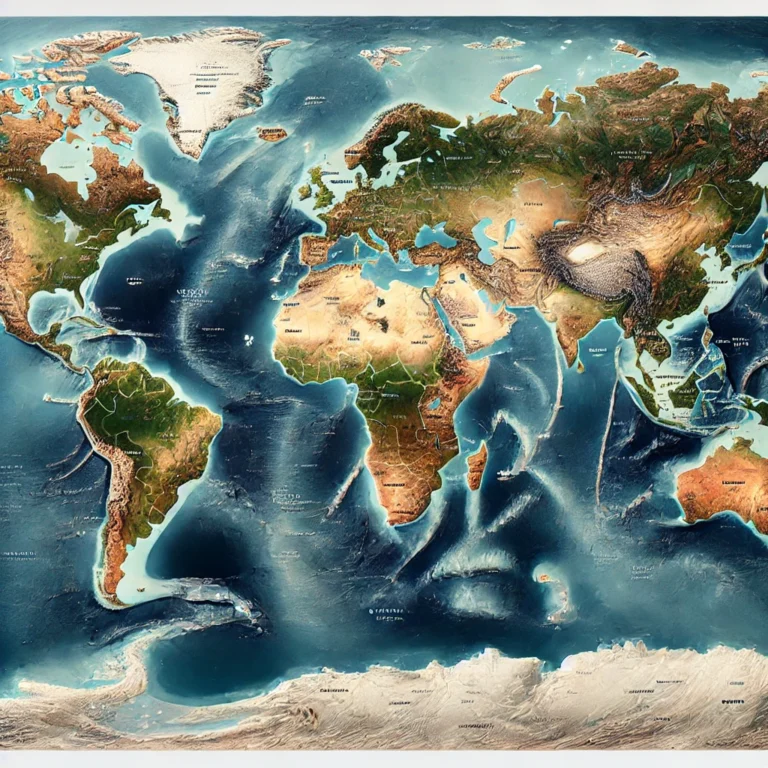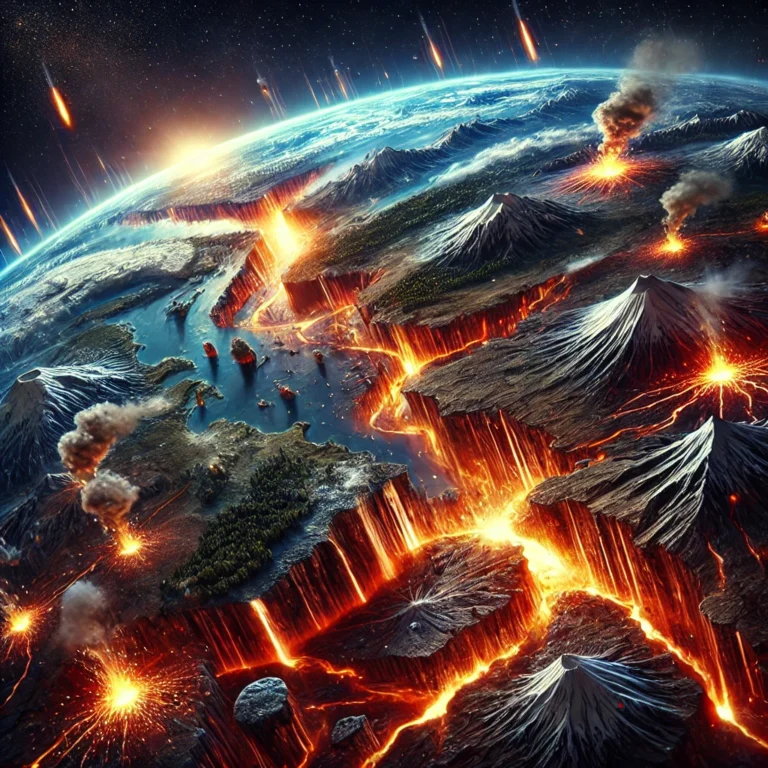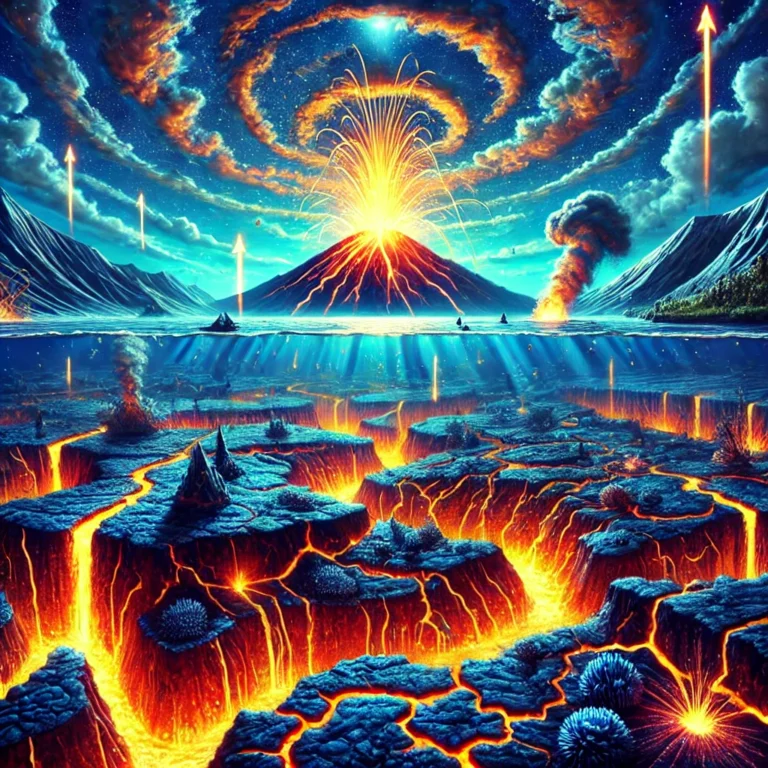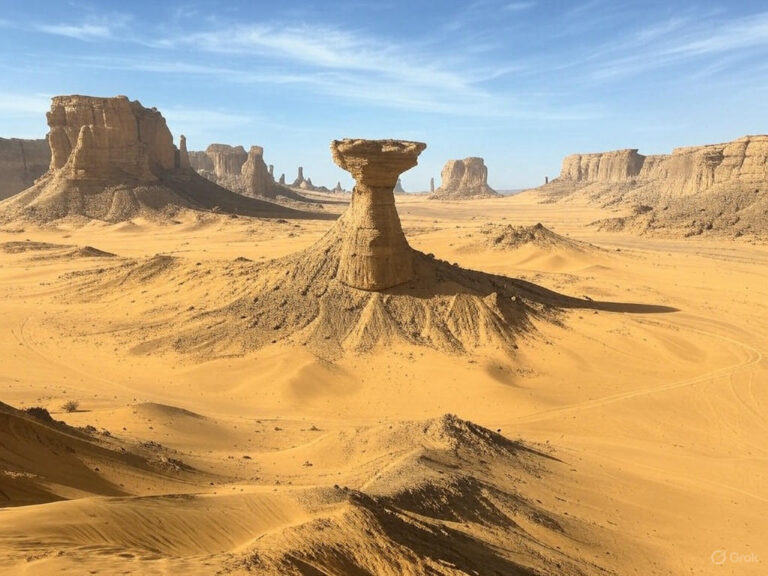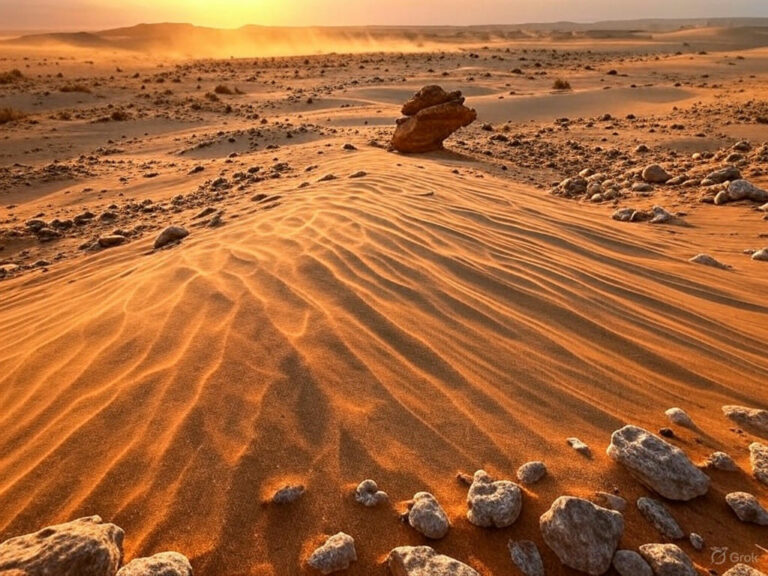Temperate Cyclones
Imagine you are standing in the European countryside on a crisp autumn morning. The air is calm, but dark clouds are gathering on the horizon. The temperature begins to drop, and soon, a strong wind picks up, carrying drizzles of rain. Within hours, a full-blown storm system engulfs the region, bringing heavy rain, gusty winds, and eventually, clearing up with a sharp drop in temperature.
What you just witnessed is the impact of a temperate cyclone, an atmospheric system that plays a crucial role in shaping the weather in mid-latitude regions. Let’s try to understand how these cyclones form, evolve, and dissipate.
What are Temperate Cyclones?
Temperate cyclones are large-scale low-pressure systems that occur between 35° and 65° latitude in both hemispheres. They are also known as:
- Depressions (due to their low-pressure core),
- Lows (because they bring stormy weather), or
- Troughs (because they often take a V-shaped structure).
Key Characteristics:
✔ Core of low pressure, with pressure increasing outward.
✔ Variable shapes—circular, elliptical, or wedge-like (V-shaped).
✔ Formed by the collision of contrasting air masses—cold polar air and warm westerly winds.
✔ Move from west to east, influenced by the westerlies and the polar front jet stream.
How Do Temperate Cyclones Form? – The Polar Front Theory
The formation of a temperate cyclone follows a structured six-stage lifecycle, beautifully explained by the Polar Front Theory (Bergen Theory).
1. Initial Stage – The Stationary Front
- Two contrasting air masses meet—cold polar air (dense) and warm westerly air (light, moist).
- Instead of mixing, they remain in a state of balance, forming a stationary front.

2. Incipient Stage – The Unstable Front Develops
- A disturbance occurs, and the air masses begin to intrude into each other’s territories.
- This forms a wave-like front, creating an unstable boundary.
3. Mature Stage – Cyclone Strengthens
- The system becomes well-organized, with distinct warm and cold fronts.
- The cold front moves faster than the warm front, and the cyclone takes a circular shape.
- As warm air is forced to rise, condensation occurs, leading to cloud formation and precipitation.

4. Occlusion Begins – The Cold Front Advances
- The cold front starts overtaking the warm front.
- The warm air gets trapped between two cold air masses and is lifted further up.
5. Occluded Front – The Beginning of Cyclone Dissipation
- The cold front completely overtakes the warm front, forming an occluded front.
- The warm air is completely lifted off the ground, cutting off the cyclone’s energy supply.

6. Dissipation – The End of the Cyclone (Frontolysis)
- With no more warm air at the surface, the cyclone loses its energy source and weakens.
- Eventually, the cyclone disappears, leaving behind clear skies and stable weather.
Short Summary:
Temperate cyclones form when warm and cold air masses collide, creating a stationary front where both move parallel to each other. If a cold air mass invades the warm air mass from behind or vice versa, it intensifies the system. This interaction leads to a circulatory motion due to the Coriolis force, causing an anticlockwise rotation in the Northern Hemisphere and a clockwise rotation in the Southern Hemisphere. The strong ascent of warm air occurs at the warm front, while the opposite happens at the cold front. Since warm air is less dense, it rises and is eventually lifted by the cold air mass, leading to the formation of an occluded front. At this stage, the cyclone dissipates through a process called frontolysis.
Source Regions & Tracks of Temperate Cyclones
These cyclones originate over oceanic and coastal regions where warm and cold air masses frequently meet.
Major Source Regions:
1️⃣ North Pacific Ocean (off the NE & eastern coast of Asia)
2️⃣ Gulf of Mexico
3️⃣ NW North Atlantic (off the NE coast of North America)
4️⃣ Region between Iceland and the Barents Sea
Cyclone Tracks:
- Normally move from west to east, following the westerlies and polar front jet stream.
- However, due to Rossby waves (upper atmospheric meanders), their path can become irregular, sometimes pushing into subtropical regions.
Influence on Subtropical Regions:
- Western Disturbances in South Asia:
- When temperate cyclones move eastward, they are intercepted by the Himalayas, bringing light winter rains to North India (Punjab, Haryana, Delhi, and parts of UP, Bihar).
- These winter rains are crucial for rabi crop cultivation (wheat, mustard, pulses).
- Cyclones moving into the Gulf of Mexico:
- Some cyclones are dragged westward by the trade winds, affecting the southeastern U.S. and the Caribbean.
Why Are Temperate Cyclones Important?
✅ Control global weather patterns—bring rain, snow, and wind to mid-latitude regions.
✅ Essential for European climate—without them, Europe would have more extreme temperature variations.
✅ Affect agriculture—especially in India, where Western Disturbances bring winter rains.
✅ Help regulate ocean currents and atmospheric circulation.


